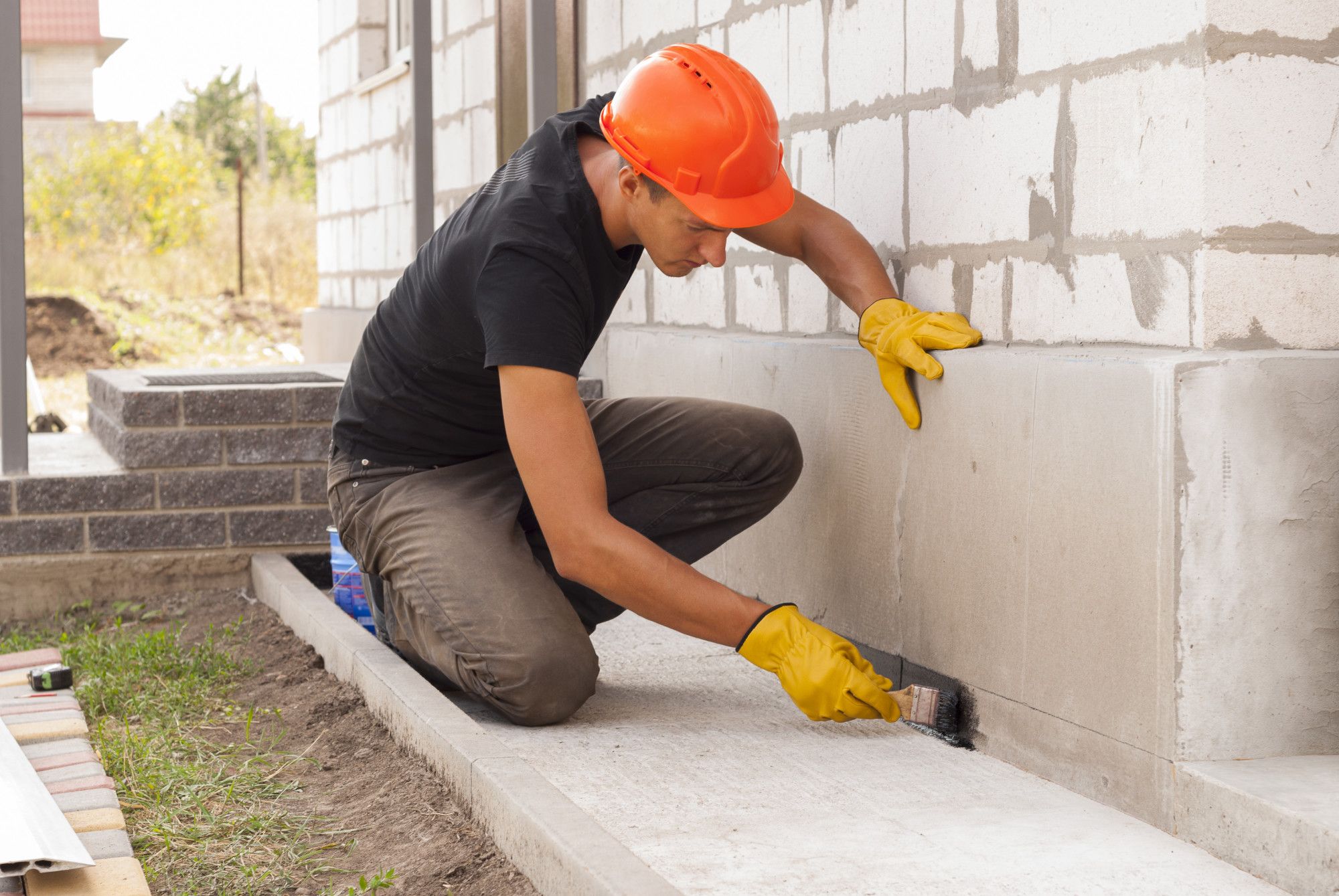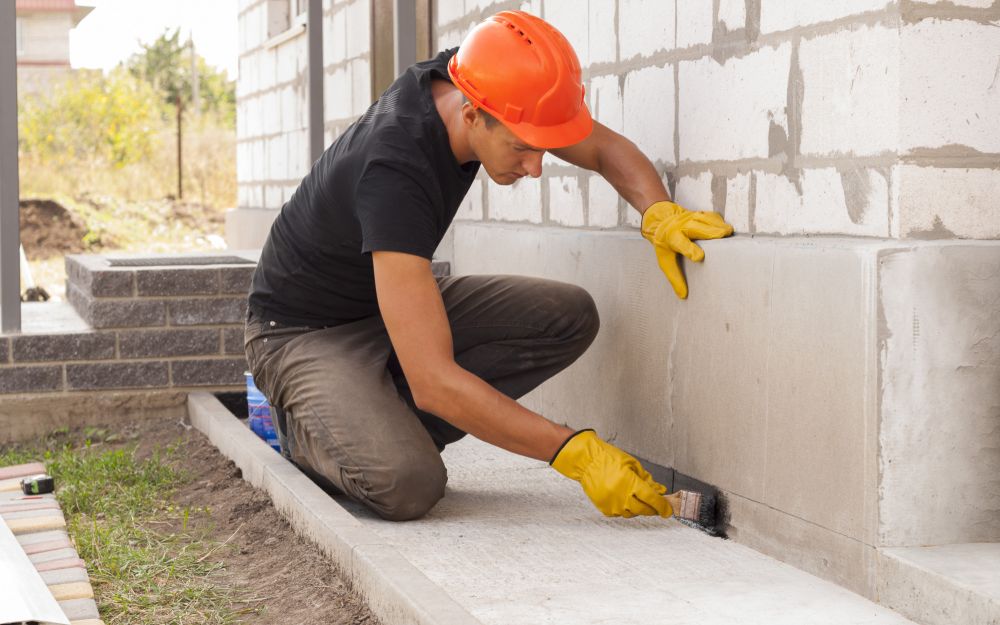Is a Wet Crawl Space a Problem? Signs it’s Time to Call Professionals



Are you worried that you might have a wet crawl space problem?
No matter what way you look at it, damp crawl spaces and wet basements are serious issues for homeowners. They can happen to just about anybody, in any home, and the disturbing results can be anything from mold to severe structural damage.
While having water in a crawl space may sound like a rare problem, it’s nowhere near as unusual as you might think. Damp crawl spaces and foundations are a fairly common experience for homeowners. Unfortunately, sometimes the less severe the dampness is, the more likely it is to go unnoticed and cause damage.
The good news is, it’s not too difficult to tell when you have a moisture problem in your crawl space once you know what to look for. By getting the right information and taking the correct precautions, you can not only discover moisture problems early but also respond to them effectively and protect your home.
That’s what this article is about. Here we’ll give you five simple ways to tell when you might have a moisture problem in your crawl space. To find out what they are, keep reading now.
1. You Find Standing Water in Your Crawl Space
This is a pretty obvious sign to call in a professional foundation service. After all, if you notice standing water anywhere, you probably know you’ve got a problem.
Still, most people don’t make a habit of checking on the crawl space under their house. So while the standing water may be an obvious reason to get professional help, you could go weeks or months without realizing you have a problem if you don’t look at your crawl space now and then.
If you haven’t checked on your crawl space recently, consider taking five minutes to do that now. There should be a grate, vent, or small doorway that you can open or remove to get inside. Bring a flashlight with you if your crawl space doesn’t have lights installed.
While you’ll probably notice right away if there’s any standing water in the area, take a minute to shine your light around the crawl space. Make sure you can see all the exterior walls under the house. You might spend a few minutes crawling around to make sure you don’t miss anything.
You can also use this time to look for other signs of trouble, such as dripping water leaks or mildew (as we’ll discuss later).
Where Does Standing Water Come From?
You’ll probably be relieved to learn that most crawl space problems are easy to identify once you know what to look for. But you may be wondering how water gets into a crawl space at all, especially if there’s enough water to actually pool inside the crawl space.
There are several ways that standing water can start to develop under a house. The most obvious and severe example would be a bad water leak, which could build up a large pool of water in a short time.
Other causes aren’t as obvious. For example, rainwater is supposed to flow off and away from your house, not collect underneath it. But if the ground around your home is sloped downwards towards the house, or if your gutters or downspouts aren’t in good condition, rainwater could end up in your crawl space.
One common problem that can lead to water damage is little dips in the dirt around a house, particularly in landscaped yards. Holes and crevices can be formed in the earth right next to your house’s walls, usually by water runoff or digging animals, especially if the ground is soft. If water collects in these holes and pools right next to an exterior wall, then it can seep into your crawl space.
It’s also common for rainwater to flow out of clogged gutters onto the ground, resulting in excess moisture. Even if your gutters are clean and unclogged, if your downspouts don’t carry the rainwater a good few feet from your house, that could cause moisture damage, too.
Of course, standing water isn’t the only sign of a wet crawl space. We’ll go over some other signs next.
2. You See Mold or Mildew Inside the Crawl Space
When you check for standing water under your crawl space, you should also be on the lookout for mold or mildew. Even if there are no visible signs of water present, if your crawl space happens to be high in humidity, there could be other forms of water damage. Mold and mildew are among the most troubling examples because they can actually impact your family’s health.
You probably know what mold and mildew look like, but if you don’t, you can do an online image search to find out. Often they look like black, white or green spots with a fuzzy, fungi-like appearance.
If you see anything in your crawl space that looks suspiciously like mold, this is something you definitely need professional assistance for. Don’t waste any time in getting this kind of problem taken care of. Mold anywhere in your house can cause poor health and respiratory conditions for your family.
3. There’s Noticeably Rotting Wood in Your Crawl Space
In most crawl spaces, many of the surfaces are concrete and dirt. This is good because although mold can grow anywhere, metal and dirt are less susceptible to water damage than other materials. But there are probably several wooden surfaces in your crawl space, too, such as beams and floor joists.
Wood is especially sensitive to water damage because it can rot in high moisture. So when you inspect your crawl space for water and mildew, look for where the wooden surfaces are and inspect them, too.
Unfortunately, rotting wood is a complicated problem to solve. Depending on the severity of the problem, there may not be much that can be done about it. Rotting wood is an example of severe structural damage, and it can make a home unsafe to live in.
Thankfully, if you address the problem quickly, you should be able to mitigate any consequences. If you find rotting wood in your crawl space, contact a professional immediately.
4. You’re Experiencing Pest Control Problems
You may be surprised to learn that problems with household pests can be a sign of moisture damage in your crawl space. But it’s true: pests tend to gravitate towards moist areas. If there’s a lot of moisture under your home, you may notice more pests than usual in your house and yard.
These pests may include termites, mosquitoes, and even rats. If you’ve been having trouble with a similar infestation, a wet crawl space may be part of your problem. Before you call an exterminator, it may be a good idea to have a crawl space inspection to check out your crawl space for potential problems.
5. You Notice an Unpleasant Odor Around Your Home
Much like pest control problems, you probably wouldn’t naturally associate a mysterious bad smell in your home with a wet crawl space. But if you notice a strange and unpleasant odor around your house, it could be caused by excess moisture or standing water in your crawl space.
A moldy or musty smell can be an obvious clue that your house has a moisture problem. As we mentioned before, mold can negatively impact your family’s health due to the effects of inhaling mVOCs. If you think you can smell mold, that’s a bad sign that you’re inhaling the toxins mold produces.
If the foul smell seems to trigger symptoms like dizziness, fatigue, nausea, or headaches, then it’s highly probable that mold is the cause. If this is the case, you should have your home and crawl space inspected as soon as possible.
Get Your Wet Crawl Space Checked Out Today
As you can see, having water in your crawl space is not something you can afford to ignore. Allowing moisture to build up under your house for too long can cause serious problems, from toxic mold and mildew to costly damage.
Fortunately, with the information you’ve just received, identifying when you have a wet crawl space problem should be easy from now on.
If you suspect there may be too much moisture in your crawl space, don’t delay. Get in touch with BAY Crawl Space & Foundation Repair to avoid any potential damage to your home.

